‘Agnes Martin / Navajo Blankets’, Pace Gallery, New York
Paintings by Agnes Martin are exhibited alongside wearing blankets by Navajo Diné weavers in ‘Agnes Martin / Navajo Blankets’ at the Pace Gallery, New York until 21 December 2018. A selection of paintings created by Martin throughout her career are featured, together with handwoven Navajo textiles from the 19th century, drawing parallels between these exquisitely crafted, transcendent bodies of work.

Installation view of the Cahn First Phase Chief’s Blanket, Ute Style, Navajo, circa 1800- 1830, 1.7272 x 1.4224 m. ‘Agnes Martin / Navajo Blankets’, Pace Gallery, New York
Most of the woven works in the exhibition were created in the form of the “chief-style” blankets by Navajo women working on indigenous vertical looms in their homes. From the 1750s, this bold-banded style worn around the shoulders by both men and women became a popular object of trade to high-level members of other tribes, military officers, and travellers throughout the American West, Southwest, and Northern Plains. By the mid-19th century, the Navajo chief blanket was one of the most valued garments in the world. The design spectrum of chief blankets includes four inter-figured phases, defined by their increasingly elaborate banding, colouration, and placement of foreground motifs.
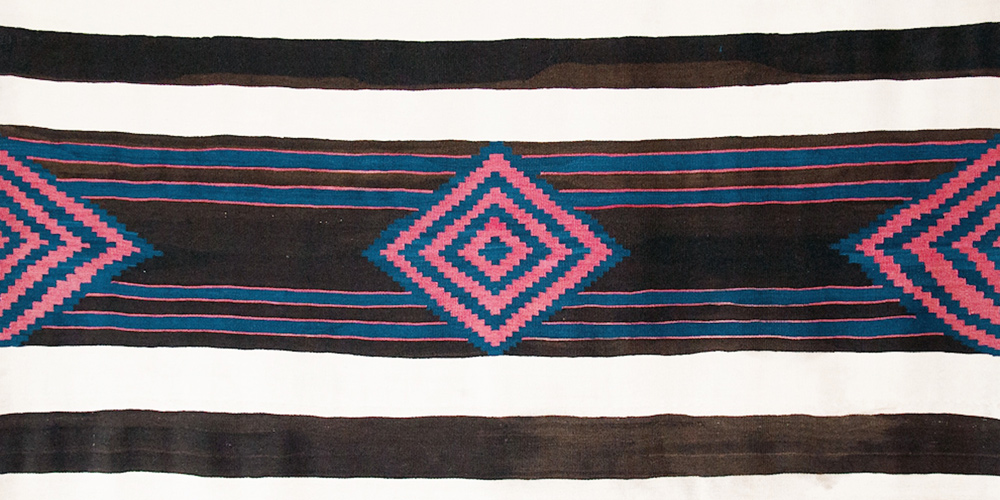
A Classic Third Phase Chief’s Blanket, Navajo, circa 1850. 1.524 x 1.753 m. Photograph by Joshua Baer
Beyond their value as trade items, classic Navajo textiles are celebrated for their manifestations of harmony and balance as expressed in Navajo culture and philosophy. While the Navajo language has no singular term for art, the descriptive word hózhó refers to harmony and balance in both aesthetic and intrinsic forms, a state of being where the natural and the supernatural can coexist. This concept infuses Navajo blanket-weaving as well as Navajo religious origin stories. These narratives relate that Na’ashjeii Asdzaa, Spider Woman, taught spinning and weaving to the earliest Navajo people to contribute to their well-being. A Holy Person and key figure in the Navajo pantheon, Spider Woman is revered as the first Navajo weaver and a source of hózhó. The Navajo blankets on show embody a stately yet playful sense of harmony and balance, through the light and depth expressed within each broad band and through the rich red and indigo-dyed blue foreground elements that seem to float atop the atmospheric backgrounds.
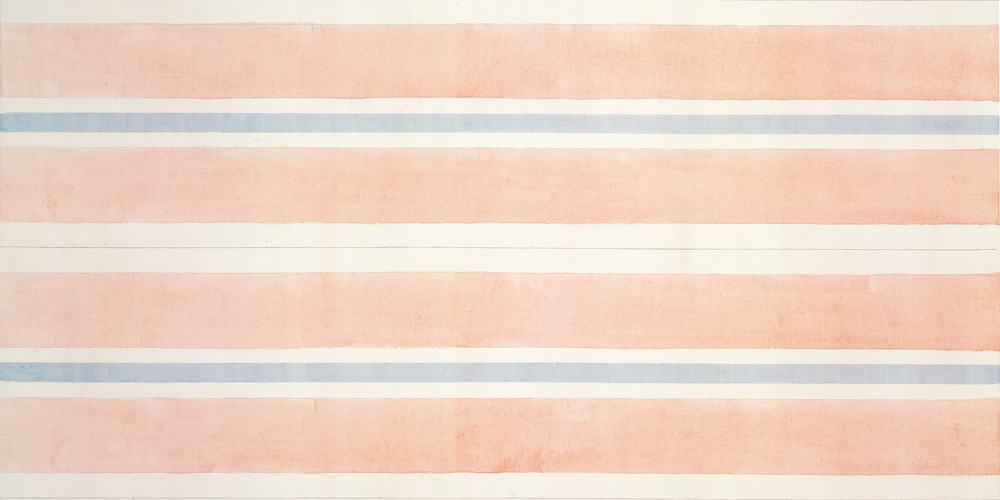
Affection, Agnes Martin, 2001, acrylic and graphite on canvas, 1.524 x 1.524 m. From The Collection Of Laura Arrillaga- Andreessen
While Martin took no direct inspiration from the aesthetics of Navajo weaving in her approach to painting, she spent much of her life in New Mexico, and the region’s cultural history and artistic production suffused her experience. Using a limited colour palette and a geometric vocabulary, her works are inscribed with lines, grids, or simple shapes that hover over subtle grounds of colour. Maximising the strength of pure abstraction, she explored space, metaphysics, and internal emotional states throughout her practice. As exemplified by the paintings on view in the exhibition, a profound reverence for the transcendent power of balance thrives within her work. By placing these two bodies of work in dialogue with one another for the first time, the exhibition encourages the discovery of their compelling resonances and invites new appreciation for their respective emotional impact and contributions to visual culture.
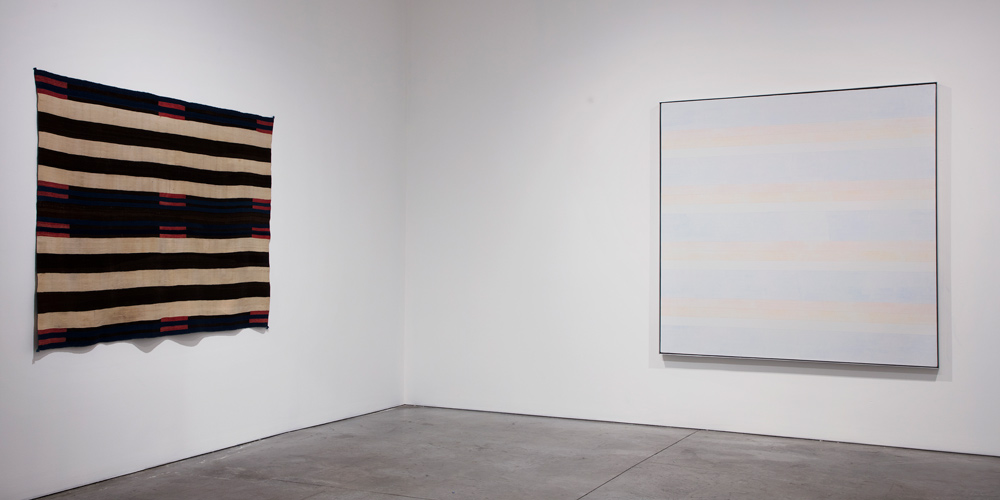
Installation view of a Classic Second Phase Chief’s Blanket with Manchester Bayeta (left), Navajo, circa 1840, and Untitled #2 (right), Agnes Martin, 1992, Acrylic and graphite on linen, 1.829 x 1.829 m. ‘Agnes Martin / Navajo Blankets’, Pace Gallery, New York
‘We are honored to present such exquisite and powerful works of art together for the first time, and thrilled that we can share the dialogue that this exhibition will evoke with our audiences on both coasts,’ said Marc Glimcher, Pace Gallery president and CEO. ‘Agnes Martin has been such a fundamental artist to Pace for over 40 years, and it has been incredibly rewarding and enlightening to examine her work through a new lens. What this exhibition asserts so clearly is the idea that the meditative practice of art making has been integral to women artists throughout history, even if they weren’t always recognised as such. Here are two prime examples of how meditations on perfection and balance can inspire society at large and be impactful forces for introspection and transcendence.”
Visit ‘Agnes Martin / Navajo Blankets’ on 537 West 24 Street, New York, until 21 December 2018. The show is accompanied by an exhibition catalogue that explores the aesthetic resonance between classic textiles of the Navajos and the work of Agnes Martin.


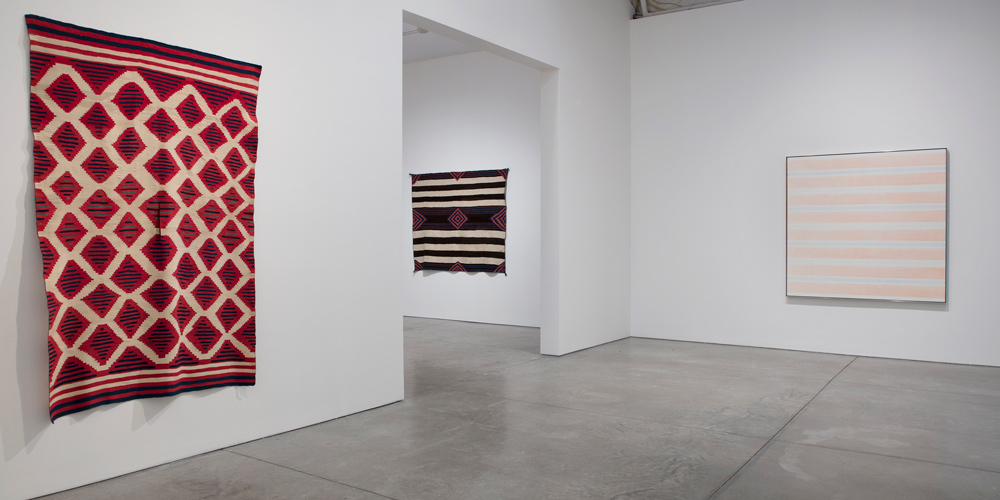
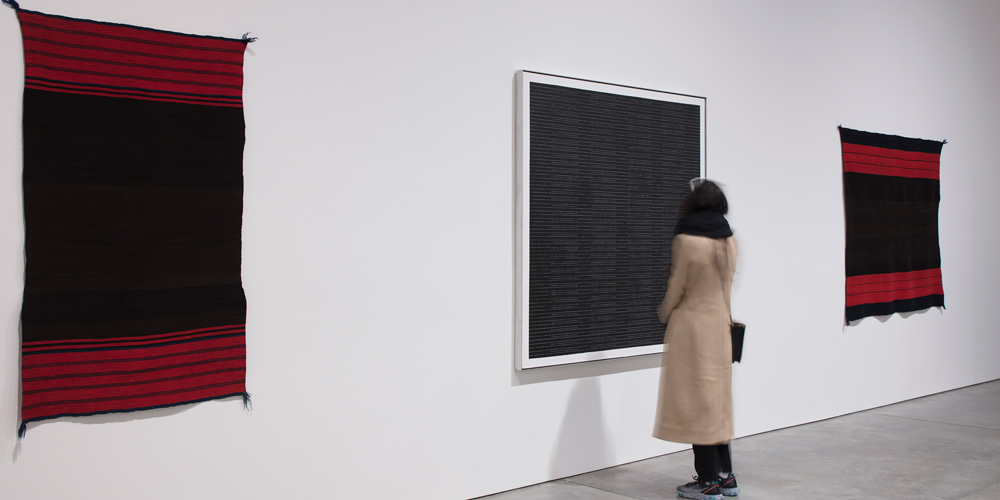











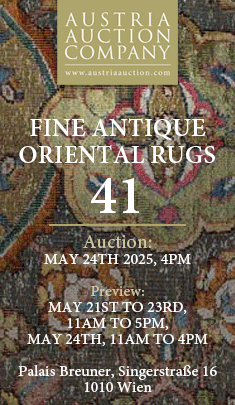





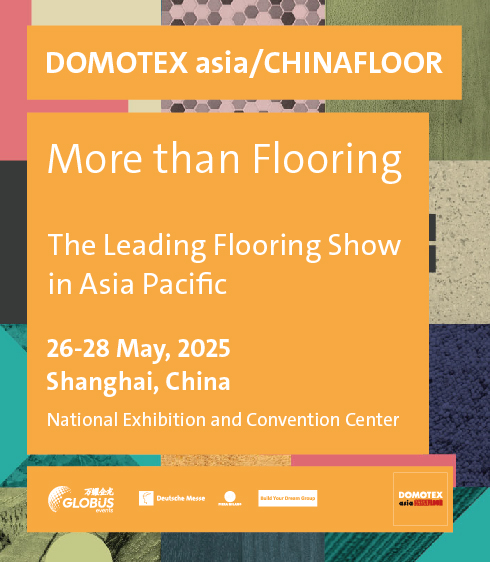







Comments [0] Sign in to comment